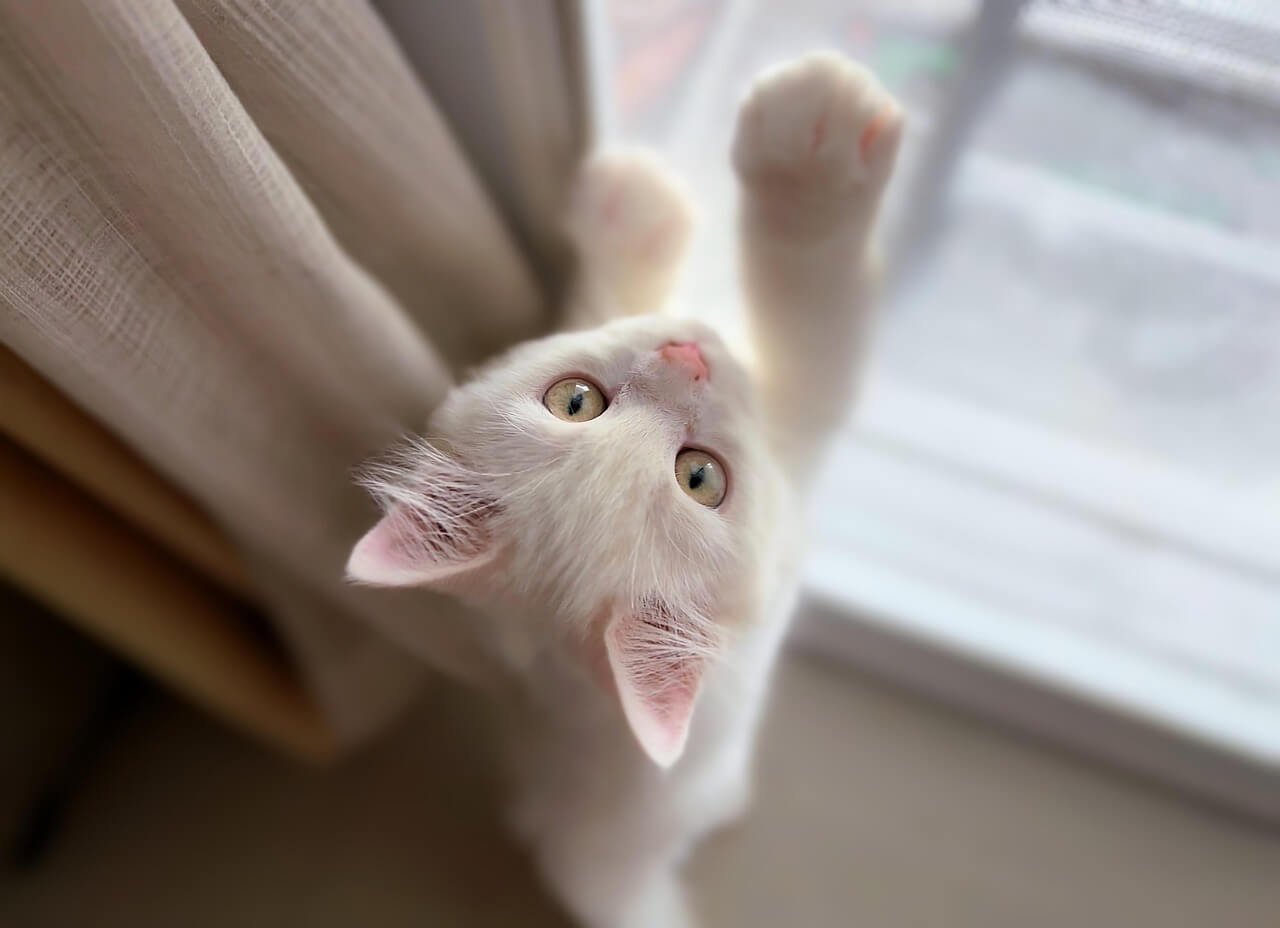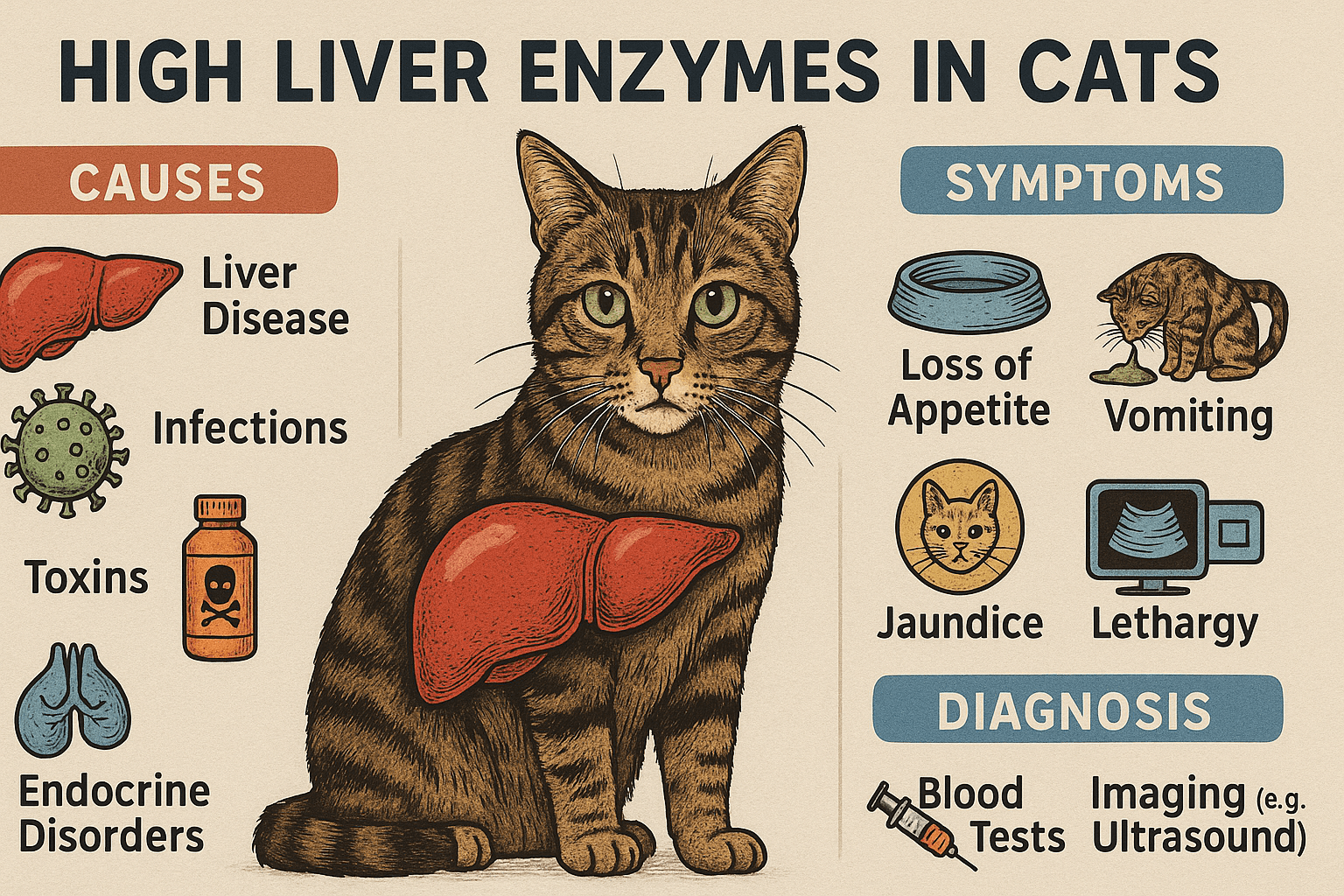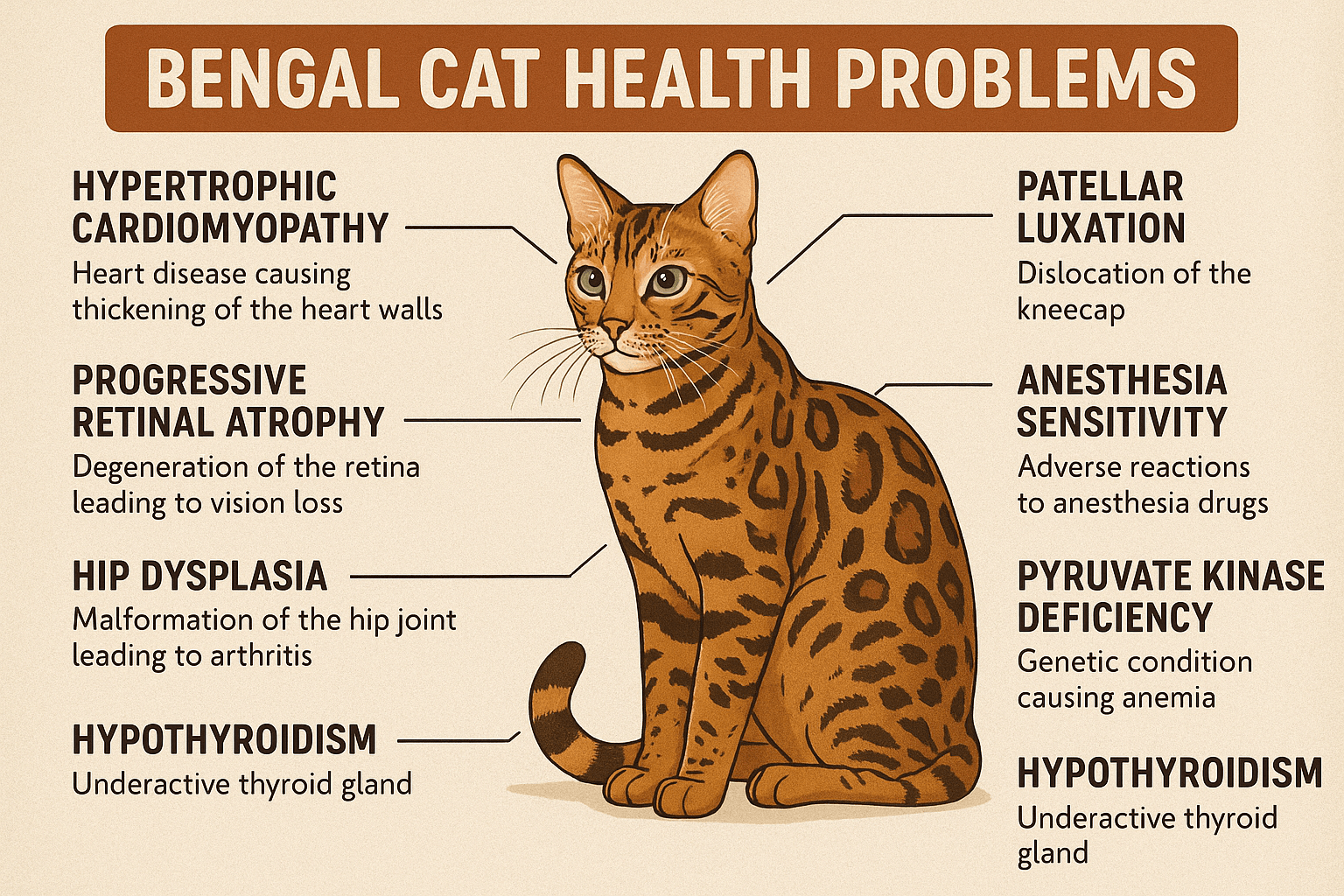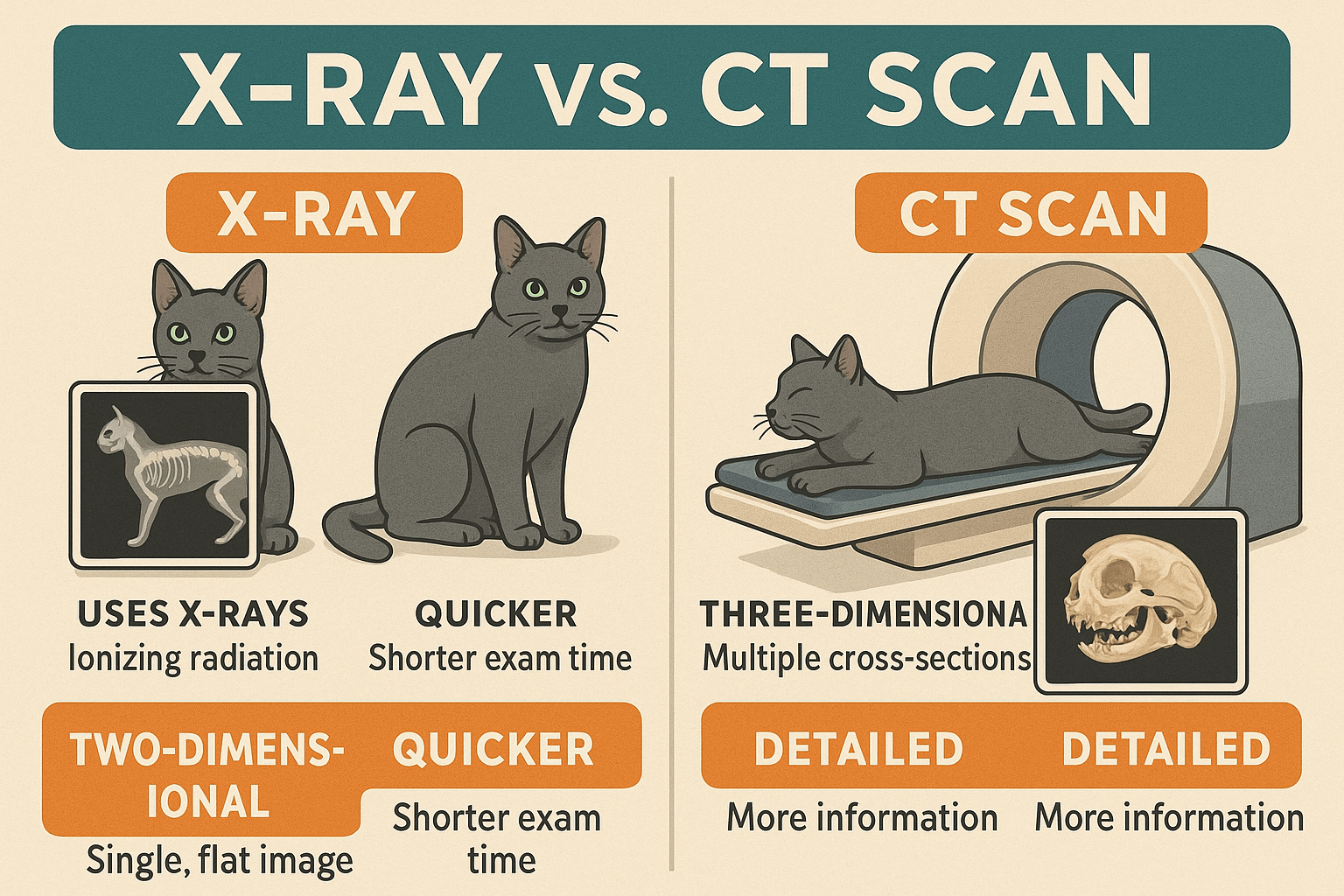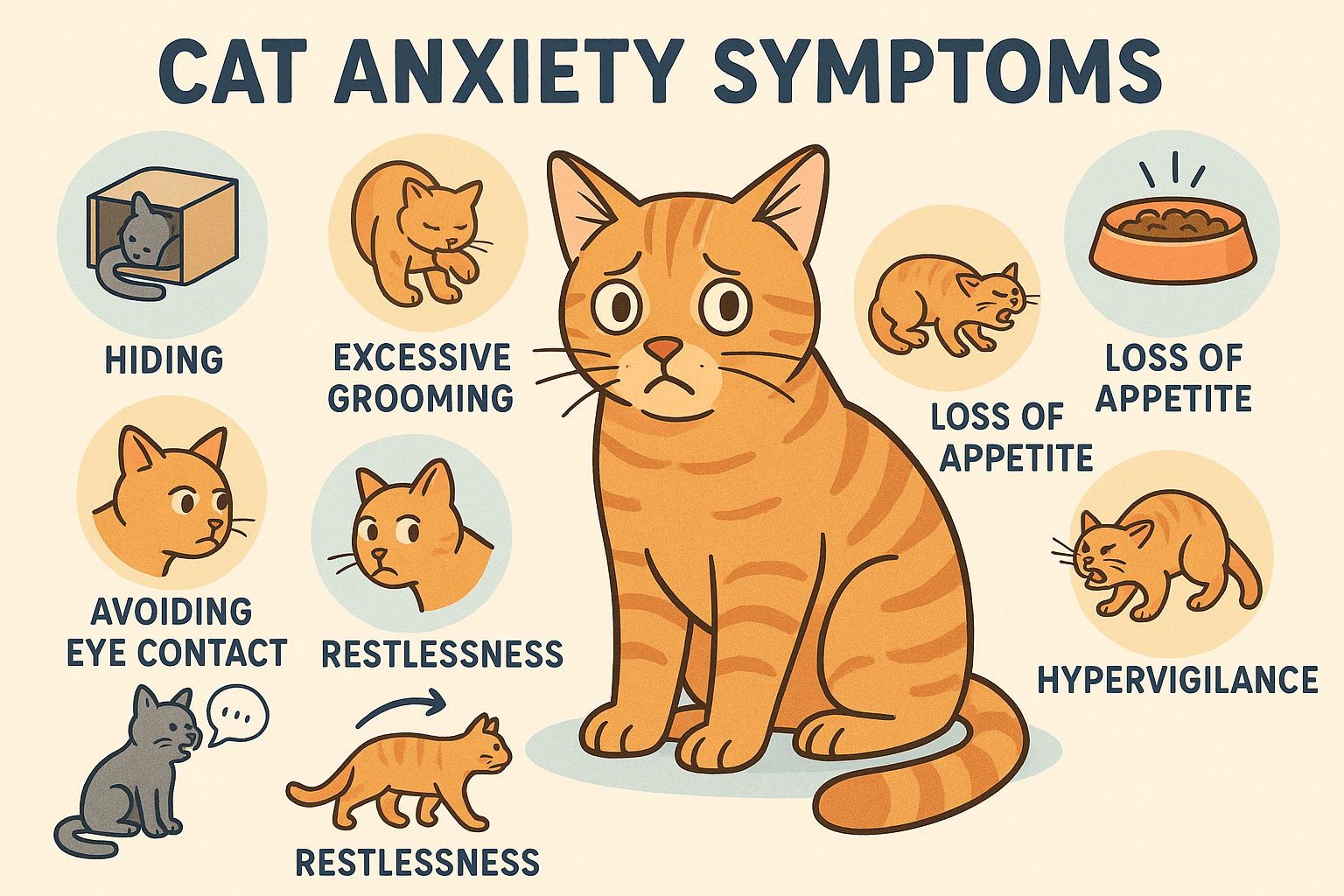Liver Disease in Cats: Understanding the Signs, Causes, and Treatments
Liver disease in cats is a serious condition that can affect their overall health and well-being. The liver plays a vital role in filtering toxins, aiding digestion, and supporting metabolic functions, making it essential for your cat’s survival. When the liver becomes compromised, it can lead to a range of symptoms and complications that require prompt attention. While liver disease can be challenging to manage, early detection and proper care can significantly improve your cat’s quality of life. In this guide, we’ll explore the causes, symptoms, diagnostic methods, and treatment options for liver disease in cats, empowering you to provide the best possible care for your feline companion.
Common Causes of Liver Disease in Cats
Liver disease in cats can arise from a variety of factors, ranging from infections to genetic predispositions. Understanding the underlying causes can help you take preventive measures and seek timely veterinary care. Here are some common contributors:
Hepatic Lipidosis (Fatty Liver Disease) : Often caused by prolonged anorexia or rapid weight loss, this condition occurs when fat accumulates in the liver.
Infections : Bacterial, viral, or parasitic infections can damage the liver and impair its function.
Toxins : Exposure to harmful substances like certain medications, chemicals, or plants can lead to liver toxicity.
Age-Related Changes : Older cats are more prone to liver issues due to the natural decline in organ function.
Genetic Disorders : Some breeds are predisposed to inherited liver conditions, such as amyloidosis in Siamese cats.
By identifying these potential causes, you can work with your veterinarian to minimize risks and address any emerging issues promptly.
Signs and Symptoms of Liver Disease in Cats
Recognizing the signs of liver disease early is crucial for ensuring your cat receives the care they need. Symptoms can vary depending on the severity of the condition but often include the following:
Jaundice : A yellowing of the skin, gums, or whites of the eyes indicates a buildup of bilirubin in the body.
Lethargy : Cats with liver disease may appear unusually tired or unwilling to engage in normal activities.
Loss of Appetite : A sudden refusal to eat is a common early sign of liver problems.
Vomiting or Diarrhea : Digestive issues can occur as the liver struggles to process nutrients and toxins.
Weight Loss : Unexplained weight loss may signal a decline in liver function.
If you notice any of these symptoms, it’s important to consult your veterinarian immediately for a thorough evaluation.
Check this guide 👉Choosing the Right Cat Food for Kidney Disease: Best 7 Tips!
Check this guide 👉Understanding Heart Disease in Cats: Best 7 Health Tips!
Check this guide 👉How Long Can a Cat Live with Kidney Disease? Best 7 Tips!
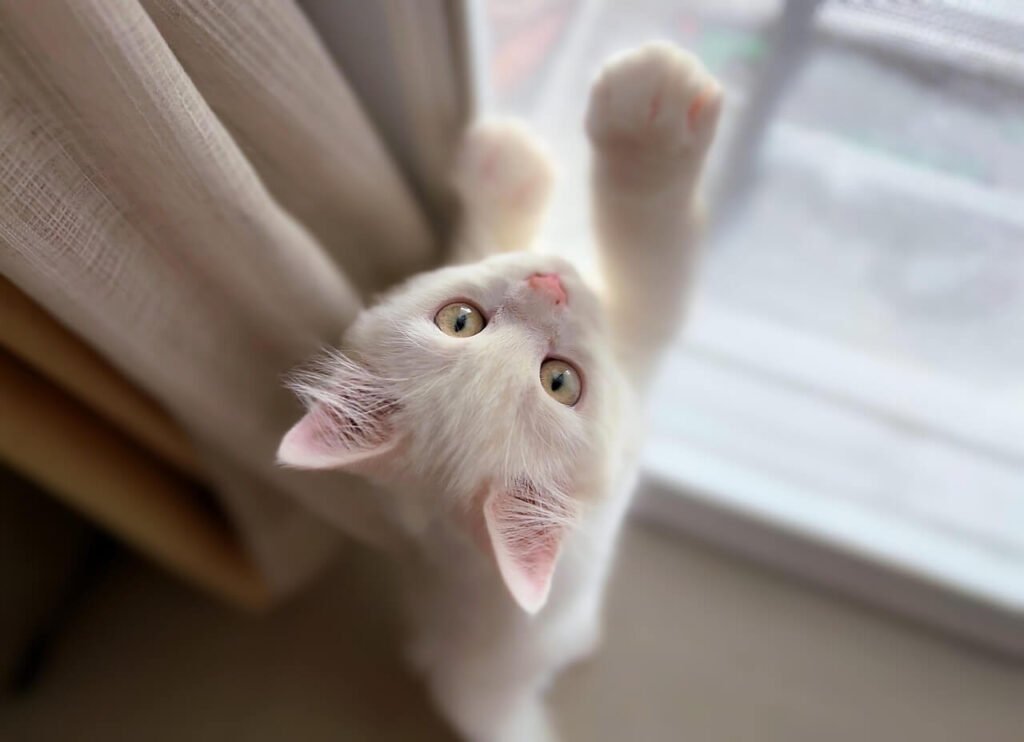
Types of Liver Disease in Cats | Potential Symptoms |
|---|---|
Hepatic Lipidosis | Weight loss, jaundice, lethargy |
Cholangiohepatitis | Vomiting, fever, abdominal pain |
Liver Cancer | Swollen abdomen, appetite loss |
Toxin-Induced Liver Damage | Jaundice, vomiting, seizures |
Congenital Liver Disorders | Stunted growth, behavioral changes |
Diagnostic Methods for Liver Disease in Cats
Diagnosing liver disease involves a combination of physical exams, laboratory tests, and imaging studies. Here are some common diagnostic tools veterinarians use to assess your cat’s liver health:
Blood Tests : Liver enzyme levels, bilirubin, and bile acids are measured to evaluate liver function.
Urinalysis : Analyzing urine can help detect abnormalities related to liver function.
Ultrasound Imaging : This non-invasive procedure allows vets to examine the size, shape, and texture of the liver.
Biopsy : A small tissue sample may be taken to diagnose specific liver conditions or diseases.
Physical Examination : Vets check for signs like jaundice, dehydration, or abdominal swelling during a hands-on assessment.
Accurate diagnosis is essential for developing an effective treatment plan tailored to your cat’s specific needs.
Treatment Options for Liver Disease in Cats
Treating liver disease in cats depends on the underlying cause and severity of the condition. Early intervention and supportive care can significantly improve outcomes. Here are some common treatment approaches:
Nutritional Support : High-calorie, easily digestible diets are often recommended to encourage eating and aid recovery.
Fluid Therapy : Intravenous fluids help combat dehydration and flush toxins from the body.
Medications : Antibiotics, anti-inflammatory drugs, or medications to reduce nausea may be prescribed based on the diagnosis.
Supplements : Vitamins like B-complex or SAMe (S-adenosylmethionine) can support liver regeneration.
Monitoring and Follow-Up : Regular vet visits ensure that treatment adjustments are made as needed to maintain progress.
With a comprehensive treatment plan, many cats with liver disease can achieve improved health and comfort.
Proactive Steps to Protect Your Cat’s Liver Health
Preventing liver disease in cats involves a combination of dietary management, environmental adjustments, and regular veterinary care. By taking these preventive measures, you can reduce the likelihood of your cat developing liver issues.
Provide a Balanced Diet : Feed high-quality, species-appropriate food that meets your cat’s nutritional needs without overloading their liver.
Encourage Hydration : Ensure fresh water is always available to support liver function and overall health.
Avoid Toxins : Keep household chemicals, medications, and toxic plants out of reach to prevent accidental exposure.
Monitor Weight Changes : Sudden weight loss or obesity can strain the liver, so maintain a healthy weight through diet and exercise.
Schedule Regular Vet Visits : Routine check-ups help detect early signs of liver problems before they become severe.
By adopting these practices, you can minimize risks and promote long-term liver health for your cat.
Nutritional Choices to Aid Liver Recovery and Maintenance
Certain foods and supplements can play a key role in supporting your cat’s liver health, especially if they are recovering from or at risk of liver disease. Here are some options to consider:
High-Quality Protein : Lean meats like chicken or turkey provide essential amino acids without overburdening the liver.
Omega-3 Fatty Acids : Found in fish oil, these anti-inflammatory fats can help reduce liver inflammation.
Taurine-Rich Foods : Taurine is critical for liver function and is abundant in animal-based proteins.
Liver-Support Supplements : Products containing SAMe, milk thistle, or vitamin E may aid in liver regeneration and detoxification.
Easily Digestible Carbohydrates : Cooked pumpkin or sweet potatoes can provide energy without stressing the liver.
Incorporating these dietary elements under veterinary guidance can help maintain or restore your cat’s liver health.
Clarifying Myths to Better Understand This Condition
There are several misconceptions about liver disease in cats that can lead to confusion or improper care. Addressing these myths helps ensure accurate understanding and effective treatment.
Myth: Liver Disease Only Affects Older Cats : While age increases risk, younger cats can also develop liver conditions like hepatic lipidosis.
Myth: All Liver Diseases Are Fatal : Many forms of liver disease are manageable with proper treatment and lifestyle adjustments.
Myth: A Low-Protein Diet Is Always Best : For some liver conditions, adequate protein intake is crucial to prevent muscle wasting.
Myth: Symptoms Appear Suddenly : In many cases, symptoms develop gradually, making early detection challenging.
Myth: Liver Disease Cannot Be Prevented : While not all cases are preventable, proactive care significantly reduces risk factors.
By dispelling these misconceptions, you can focus on evidence-based strategies to manage and prevent liver disease in your cat.
Frequently Asked Questions About Liver Disease in Cats
Can liver disease in cats be cured?
While some forms of liver disease can be managed effectively, others may require lifelong care and monitoring.
What foods should I feed my cat with liver disease?
A diet high in protein and low in sodium is often recommended, but always consult your vet for personalized advice.
How long can a cat live with liver disease?
Prognosis varies depending on the type and severity of the disease, but early treatment can extend lifespan significantly.
Is hepatic lipidosis preventable?
Yes, ensuring your cat maintains a healthy appetite and avoids rapid weight loss can help prevent fatty liver disease.
Are certain cat breeds more prone to liver disease?
Breeds like Siamese and Abyssinians may have a higher risk of certain hereditary liver conditions.
Support Your Cat’s Liver Health for a Happier Life
Liver disease in cats is a complex and potentially life-threatening condition, but with vigilance and proper care, you can help your feline friend lead a comfortable and fulfilling life. By recognizing the signs early, working closely with your veterinarian, and providing the necessary treatments and lifestyle adjustments, you can give your cat the best chance at recovery. Remember, prevention is key—regular check-ups, a balanced diet, and a stress-free environment go a long way in protecting your cat’s liver health. With love and dedication, you can ensure your furry companion enjoys many happy years by your side.
High Liver Enzymes in Cats: Best 7 Expert Tips! Discover causes, symptoms, and treatment options for elevated liver enzymes in cats. Learn how to support your cat’s liver health effectively.
Bengal Cat Health Problems: Best 7 Expert Tips! Discover expert advice on common Bengal cat health issues, preventive care, and tips to keep your feline friend healthy and happy for years to come.
X-Ray vs CT Scan for Cats: Best 7 Expert Tips! Discover key differences, benefits, and expert advice on choosing the right imaging method for your cat’s health needs.
Cat Anxiety Symptoms: Best 7 Expert Tips! Discover signs of feline stress, effective calming strategies, and expert advice to help your cat feel safe, happy, and relaxed at home.

